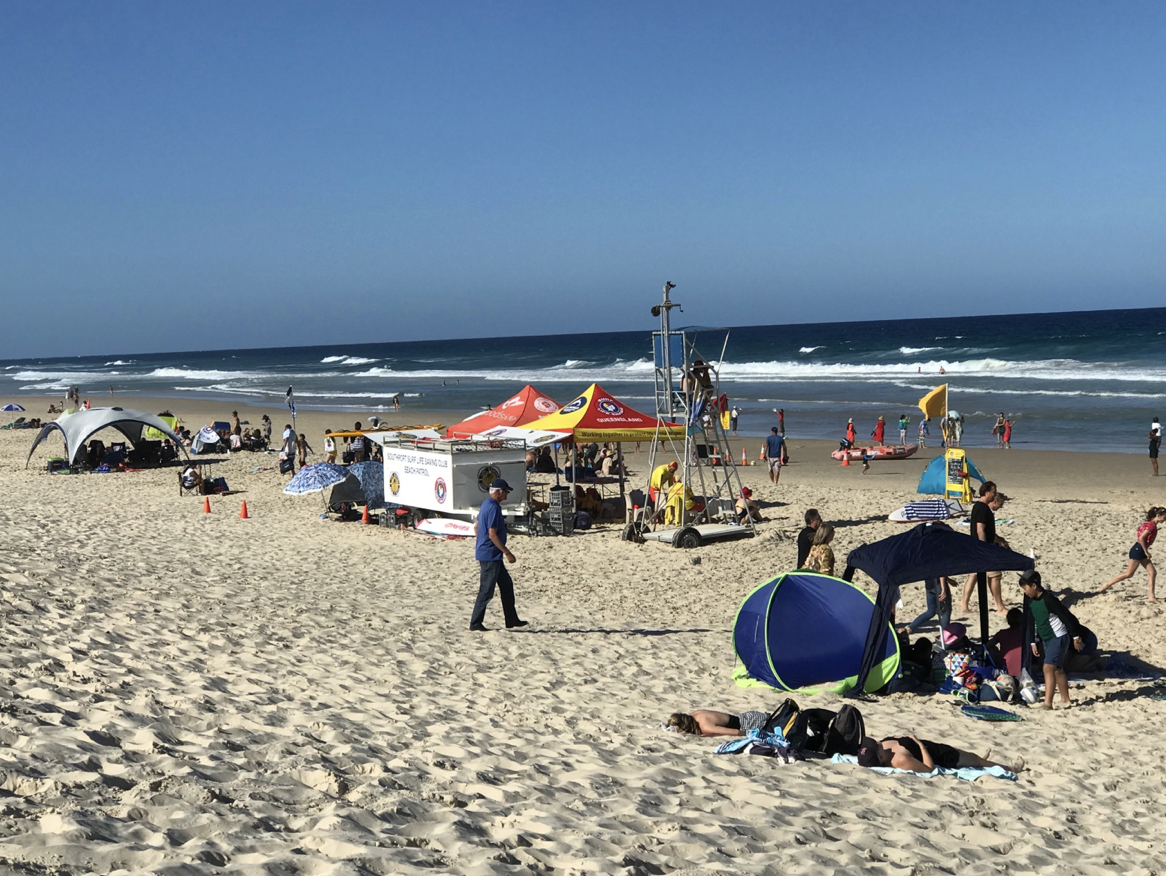
(AUSTRALIA AND THE CHINESE TOURIST)
October 2, 2023
Hello everyone,
Welcome to a new month. Halloween, Thanksgiving and Christmas/New Year are all looming. Are you planning anything special for these occasions?
Let’s see if the U.S. consumer is keen to spend and travel during these events.
Before I get to the content of the title, let’s digest a brief lowdown on the market:
Labor (we spell it labour) market data arrives this week: job openings on Tuesday and Nonfarm Payrolls on Friday. The Reserve Bank of Australia meets on Tuesday (Australian time) to decide on interest rates with a backdrop of the Aussie $ at year-to-date lows.
Is the Nasdaq & the S&P 500 primed for a rally? Let’s see how it handles the last-minute 45-day funding bill agreement to keep the government open. And if history is our guide, a September sell-off usually sees a fourth quarter rally. Will 2023 be any different?
Look for Oil to stay in the high 80’s and 90’s and possibly rally past $100.
The U.S.$ appears set to be stronger for longer with the prospect of higher interest rates, and rates possibly staying at an elevated level for longer. The U.S.$ short may be a 2024 story.
Gold has fallen below 1895, and we could now see gold fall towards 1800 or even lower. Buy small parcels on the way down (GOLD), (SLV), (SIL), (WPM).
Bond yields are headed towards 4.90%. Then we should see a medium-term pullback.
Buy 90-day T-bills.
The full impact of the interest rate rises is probably yet to be felt.
==============================================
Australia is presently enjoying a warmer-than-usual springtime, and summer is just around the corner. Forecasters say we are in for a very hot summer. But most Aussies don’t mind, as there is always the ocean nearby where you can take a dip to cool off.
Many businesses and tourism operators depend on an influx of visitors during the spring/summer months. And for Australia, Chinese visitors usually take the number one spot by volume. Of course, over the past three years, during COVID-19, these numbers were slashed, and many Australian businesses suffered and eventually folded due to their reliance on tourist traffic. Before Covid, China was Australia’s largest and most lucrative inbound tourism market with visitors spending $2 billion in 2019. Pre-pandemic, approximately 1.4 million Chinese visitors traveled down under.
Now that countries, like Australia, have opened their borders to tourists again, Australia is starting to see tourists return. Borders between the two nations re-opened earlier this year and this week the federal government announced it would recommence approving visas for group travel from China. But will it be like pre-pandemic times?
Some Aussie businesses fear that global factors will interfere with the rebound. The cost of air travel has gone up significantly, and group packages to Australia have also risen considerably. Furthermore, concerns about the overall health of the Chinese economy, largely due to the ailing property sector, have added further uncertainty to tourism businesses attaching their hopes on a Chinese comeback.
More flights from China have resumed, but different routes are needed. Last month, China Southern Airways announced the resumption of four flights per week between Guangzhou and Brisbane from November. However, internationally, and domestically, more flights are needed for the post-covid recovery to gain full traction. A greater network of flights into Australia should include the northern parts of Australia, like the Cairns and Townsville areas, the Whitsundays, which are close to the Great Barrier Reef and hinterland rainforest wilderness. The Gold Coast, (where I live) which has its own airport, is primed and ready for the influx of visitors.
Have a great week.
Cheers,
Jacquie




